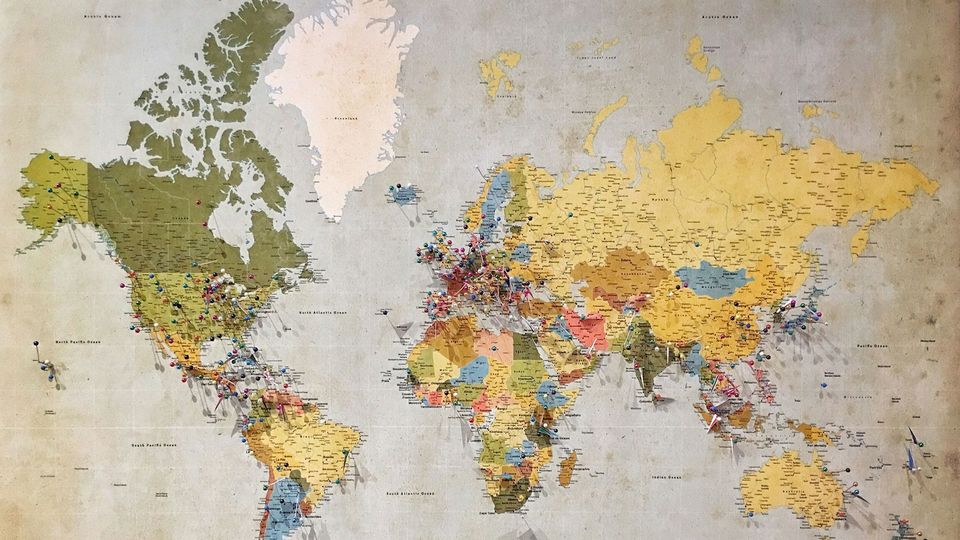AI-Aided Map Shows Global Ammonia Pollution
A new computational framework provides a detailed assessment of ammonia emissions from global croplands.

Complete the form below to unlock access to ALL audio articles.
A new computational framework developed in collaboration with Oak Ridge National Laboratory scientist Jiafu Mao provides a detailed assessment of ammonia emissions from global croplands and identifies practices that could curb release of the gas.
Croplands are the largest single source of atmospheric ammonia, emitted from fields treated with nitrogen fertilizer. Ammonia can harm human health, acidify soil and waterways and contribute to biodiversity loss, food insecurity and climate change. However, the international study found that emissions could be cut by 38% without altering total fertilizer inputs, as detailed in Nature.
Want more breaking news?
Subscribe to Technology Networks’ daily newsletter, delivering breaking science news straight to your inbox every day.
Subscribe for FREE“This valuable model, backed by artificial intelligence tools, can also fine-tune biogeochemical cycling and greenhouse gas emissions in the Department of Energy’s Earth system model,” Mao said. —Stephanie Seay
Reference: Xu P, Li G, Zheng Y, et al. Fertilizer management for global ammonia emission reduction. Nature. 2024. doi: 10.1038/s41586-024-07020-z
This article has been republished from the following materials. Note: material may have been edited for length and content. For further information, please contact the cited source.

